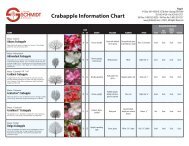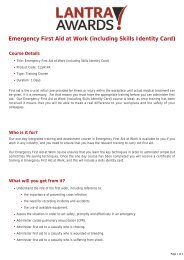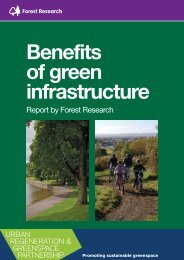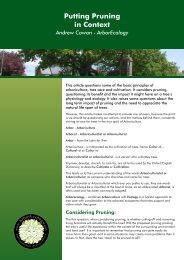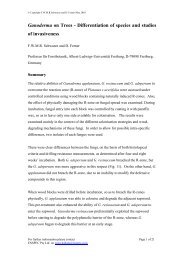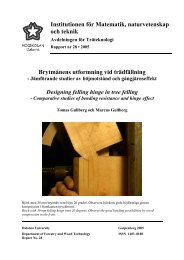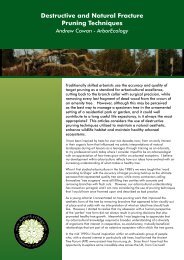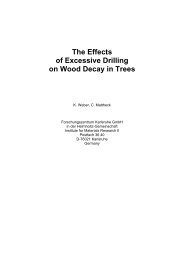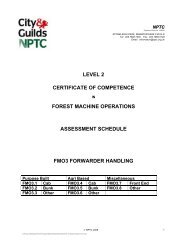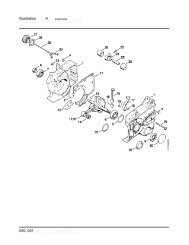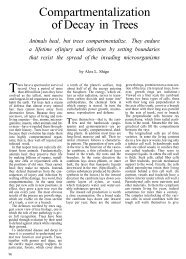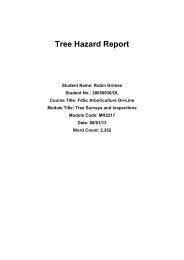working today for nature tomorrow - Justus-Liebig-Universität GieÃen
working today for nature tomorrow - Justus-Liebig-Universität GieÃen
working today for nature tomorrow - Justus-Liebig-Universität GieÃen
- No tags were found...
You also want an ePaper? Increase the reach of your titles
YUMPU automatically turns print PDFs into web optimized ePapers that Google loves.
Table 2 Importance of tree holes <strong>for</strong> bat species occurring in Great Britain (● = regularly used,○ = occasionally used, ? = unknown but probable use)SpeciesFunctionNursery Males/Migration Mating WinterRhinolophus ferrumequinum○Rhinolophus hipposideros○Myotis daubentonii ● ● ●Myotis bechsteinii ● ● ● ○Myotis nattereri ● ● ? ○Myotis mystacinus ○ ○ ?Myotis brandtii ● ● ?Pipistrellus pipistrellus ● ○ ○Pipistrellus pygmaeus ○ ?Pipistrellus nathusii ● ● ● ●Eptesicus serotinus○Nyctalus noctula ● ● ● ●Nyctalus leisleri ● ● ● ●Plecotus auritus ● ● ?Plecotus austriacus○Barbastella barbastellus ● ● ? ○4.1.2 Male roostsMale bats live solitarily or in groups at various distances from the female colonies during thetime of maternity, depending on the species. Tree holes are very often used by males,sometimes up to 80 males share a roost, e.g. in Daubenton’s bat (Encarnação and others inprep).4.1.3 Mating roostsMany bats use tree holes as mating roosts between August and October. This is best knownin the noctule and Nathusius’ pipistrelle. Males emit mating calls at the entrance of the treehole or during display flights outside it. Mating roosts are used annually with high fidelitycomparable to maternity roosts.4.1.4 Interval roosts/migration roostsTree holes are very often used <strong>for</strong> a rest during nightly <strong>for</strong>aging. These interval or temporaryroosts are known <strong>for</strong> nearly all bat species. However, the term really refers to the time be<strong>for</strong>eentering the hibernation roost or to the time after leaving it and be<strong>for</strong>e reaching the summerhabitats. These seasons of the year are characterised by unpredictable weather conditions.Relatively small groups of bats can survive bad weather periods by spending longer periodsof torpor in interval roosts. If the temperatures are warm enough, they emerge and <strong>for</strong>age.Presumably quite special interval roosts are the so-called migration roosts. These arepreferred by young bats, which <strong>for</strong>m juvenile groups after leaving the maternity roost sites atthe end of the summer. Besides food acquisition, it is very important <strong>for</strong> them to gainsufficient knowledge about available roosts. For a very mobile bat species like the noctulethis reconnaissance phase is confined to the immediate area during the first few days of flightability. After a few weeks, marked young bats have been shown to have already travelled37



